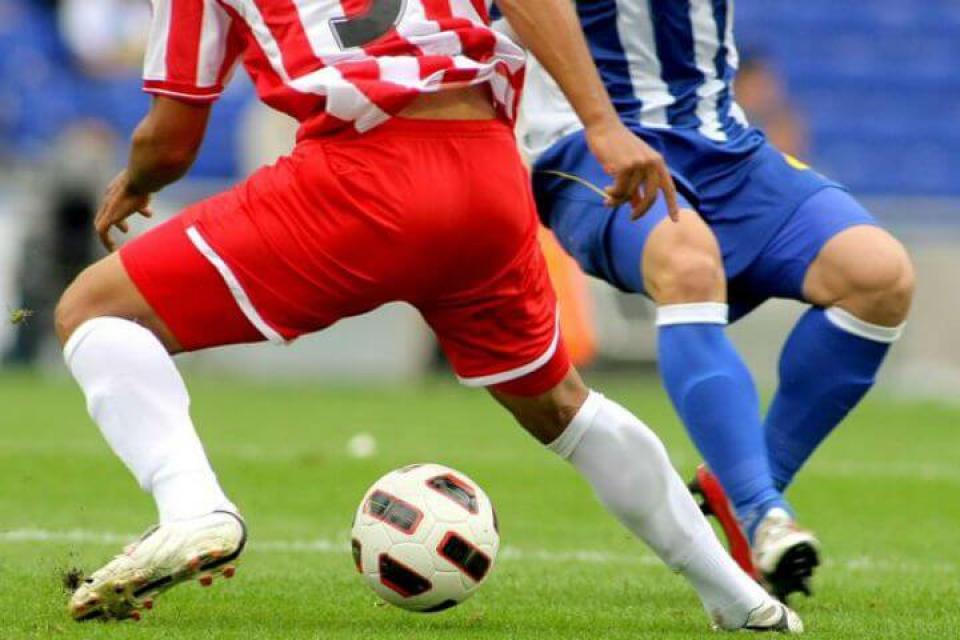Dr Teodora Kent has joined the Smilefocus team after spending five years in private practice in Australia. Teodora completed a Bachelor of Dental Science at the University of Queensland and graduated with first class honours. She has presented her honours research within Australia and has been published internationally.
Teodora loves people and smiles. This allows her to easily build rapport with her patients and provide exceptional dental care. She is highly skilled in all aspects of general dentistry with particular interest in restorative, cosmetic and paediatric dentistry.
Did you know that the most injured area of the body during contact sports is the mouth? Slippery marble floors and swimming pools are also hazards. Hence it will be no surprise to learn that the incidence of accidents resulting in trauma to the mouth and teeth very frequent here in Singapore.
All parents should be prepared in such an emergency to quickly identify the extent of trauma and take the appropriate action. The following guidelines should help:
Complete tooth knocked out of the gum (Avulsion)
- Locate the tooth and check that there is no obvious damage to the root. The patient should lick the tooth clean (providing there is not too much trauma and blood). Alternatively the tooth can be washed in plain milk. Do not use water if you can avoid it.
- If it’s a baby tooth, do not try to replant it as the pressure could damage the adult tooth still to come through.
- You can try to replant an adult tooth, however, by holding it in place using either finger pressure or by biting on a handkerchief.
- If not replanting the tooth, the best option is to have the patient keep it under their tongue or inside their cheek. Alternatively place the tooth in plain milk or salt water. As a last resort to place the tooth in plastic wrap, a wet towel or water.
See a dentist as soon as possible, optimally within one hour of the trauma.
If the tooth has been fractured off rather than completely knocked out, try and find the fractured piece as often this can be re-bonded. Place the piece in salt water if possible or tap water and see a dentist as soon as possible.
For more serious injuries involving bone fractures to the face, take the patient immediately to hospital with a visit to the dentist later to check for tooth damage. Look for these signs and symptoms to determine the seriousness of the injury:
- nosebleeds, swelling and bruising of the face, and possibly impaired vision
- pain when swallowing or talking accompanied by swelling, tenderness and possibly facial bruising; irregular alignment of bottom teeth to upper teeth.
Treat all fractures by placing a cold compress over the area to help reduce swelling, bleeding and pain. If there is excessive bleeding apply firm direct pressure to the wound.
The first rule in any emergency of course, is to Stay Calm, as this is the most important way you can help your child.
Dr Teodora Kent, BDSc(Hons)(Queensland)
Brought To You By Expat Choice










